To understand and predict species assemblages and interactions in different facilitation cascades we can use the Foundation Species-Biodiversity model:
Type A:
Secondary foundation species support more individuals of species that are already in the community (increased abundance) by providing functional traits that are similar to those of the foundation species.
Type B:
Secondary foundation species provide habitat for different individuals (increased diversity) by providing different functional traits than the foundation species.
Type C:
Secondary foundation species support more individuals of the existing species AND individuals of new species (increased abundance AND diversity) through the provision of a range of traits.
Notes: some secondary species may not significantly increase either abundance or diversity, and facilitation cascades can switch if environmental conditions change.
Type A:
Foundation species: shoal grass
Secondary foundation species: manatee grass
Manatee grass facilitates an increase in the abundance of resident invertebrates and fish by providing more habitat of a similar nature. In other words, more of the same services.
Type B:
Foundation species: turtle grass
Secondary foundation species: pen shells
Pen shells facilitate increased diversity by providing places for fish to lay eggs. In other words, new and different services.
Type C:
Foundation species: mangroves
Secondary foundation species: oysters
Oysters facilitate both an increase in diversity and abundance. They provide more habitat for species that already inhabit mangrove roots but also provide habitat for species that are oyster-dependant.
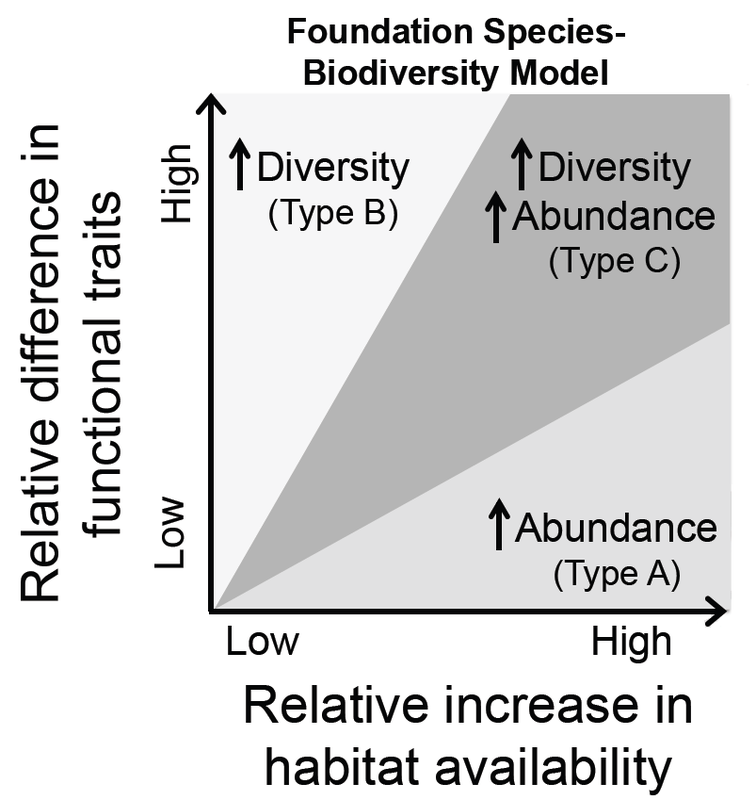
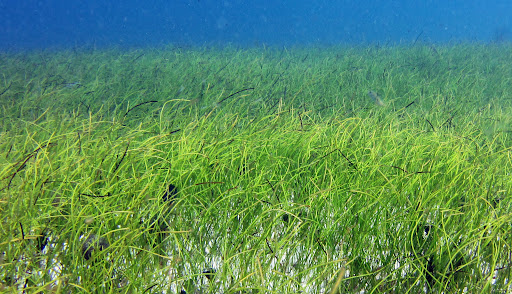
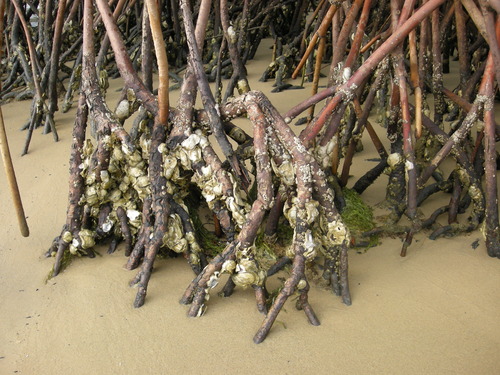
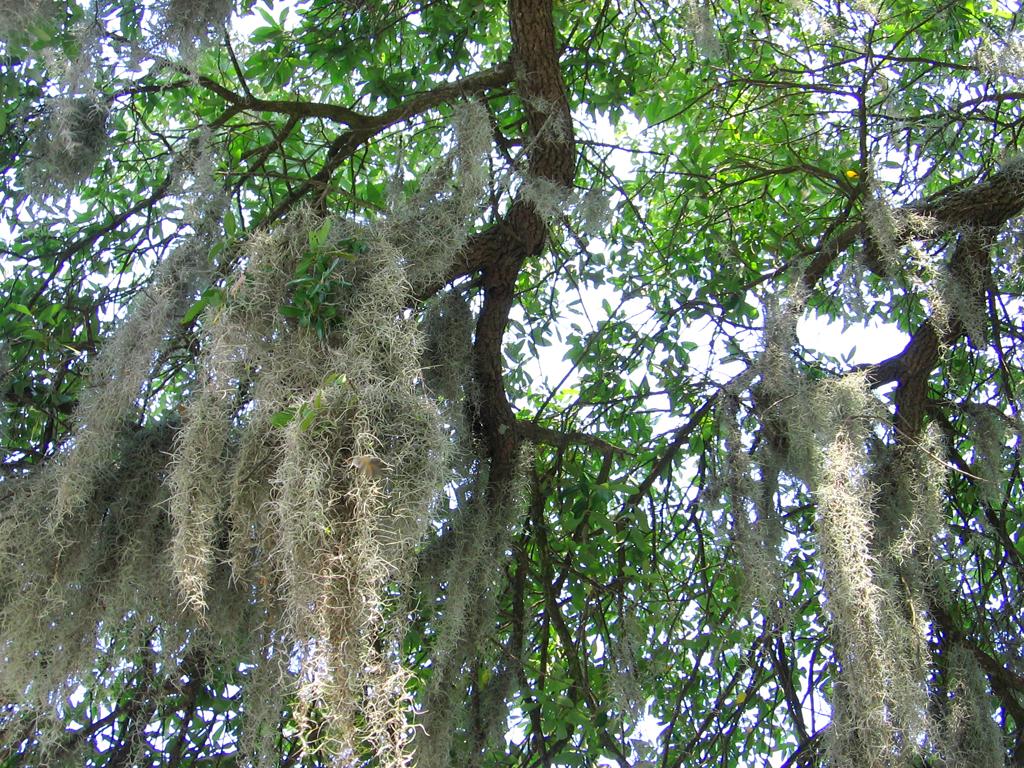
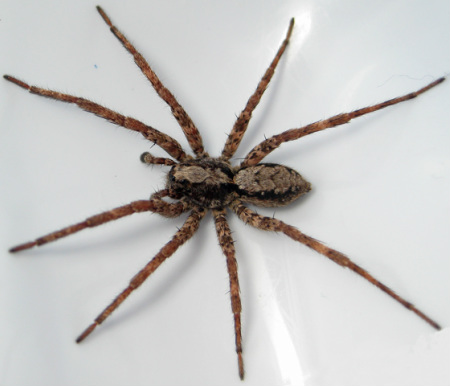
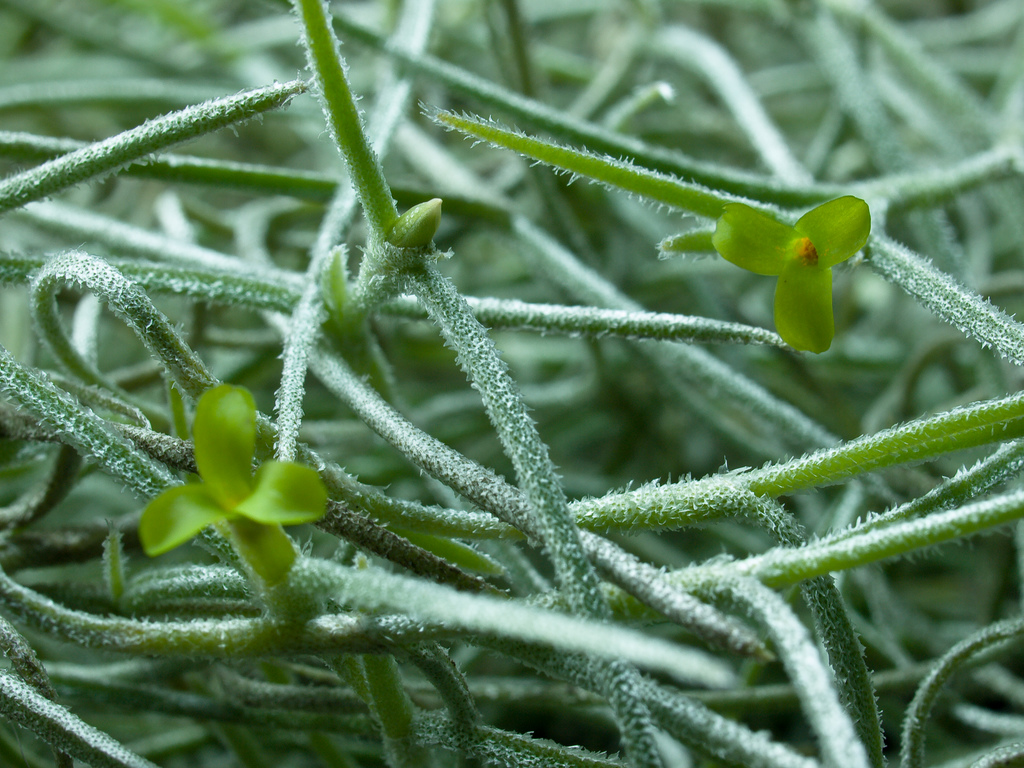
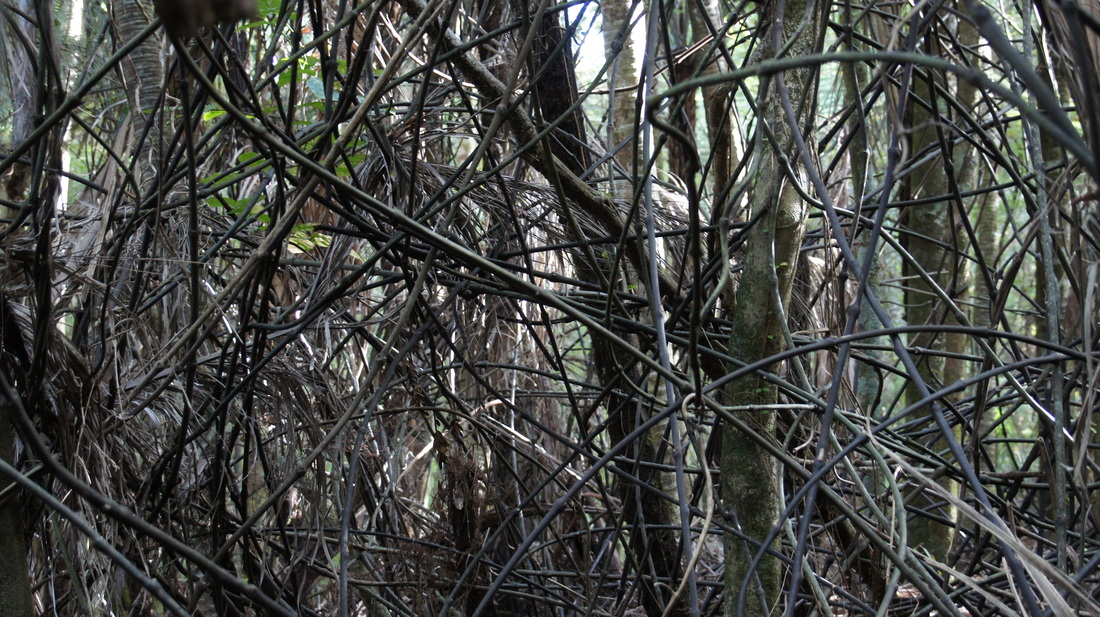
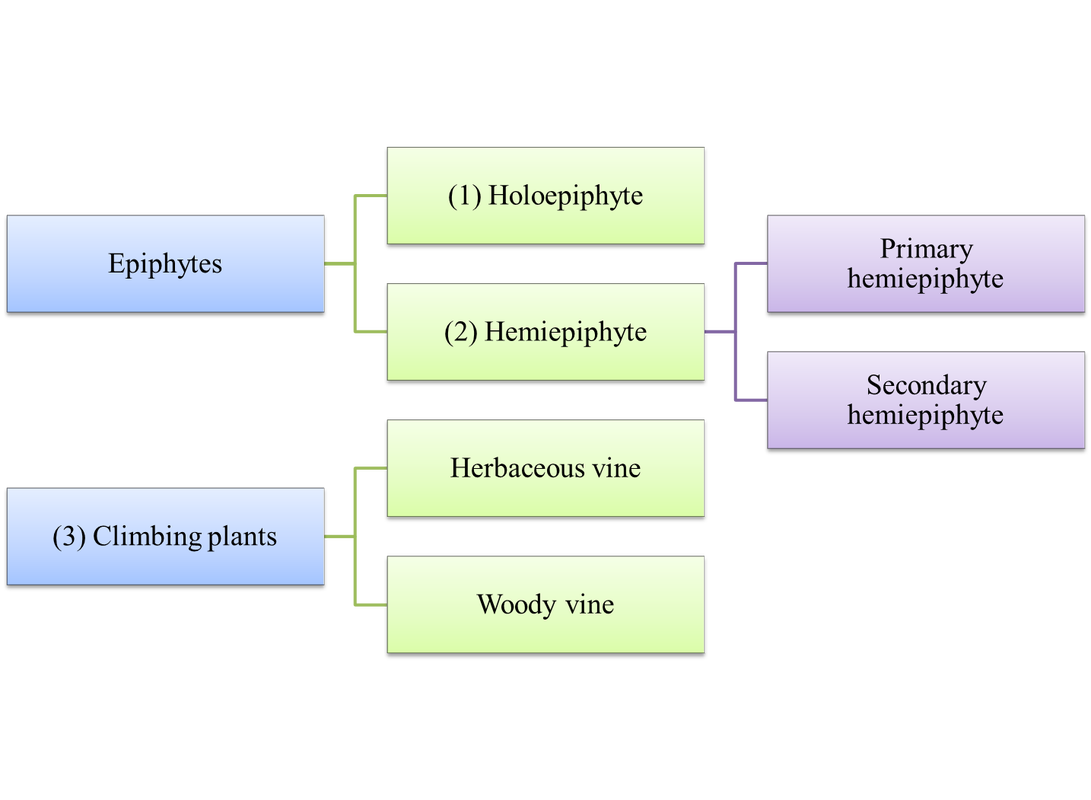
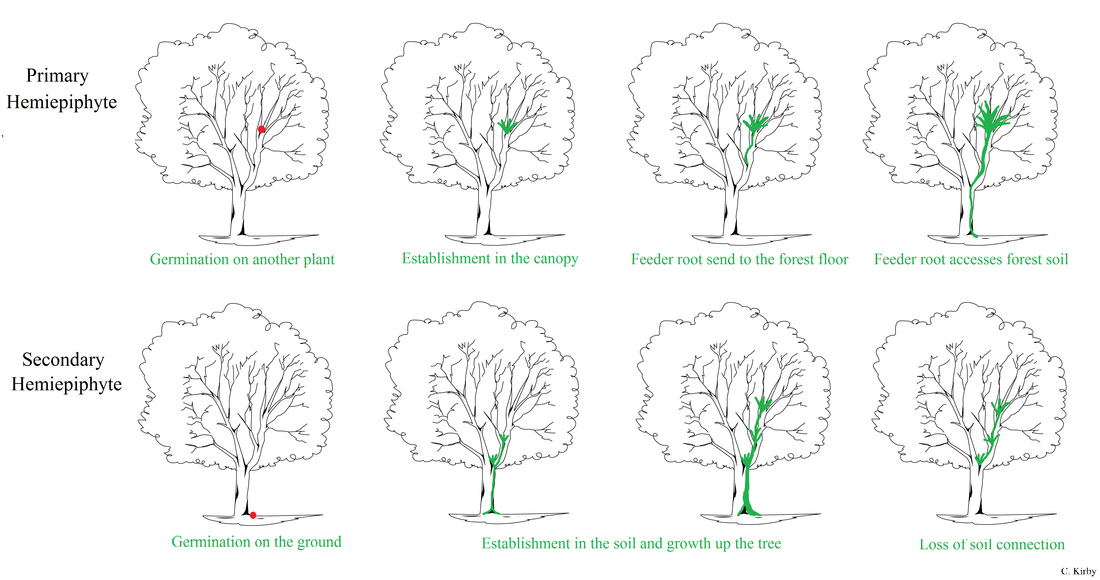
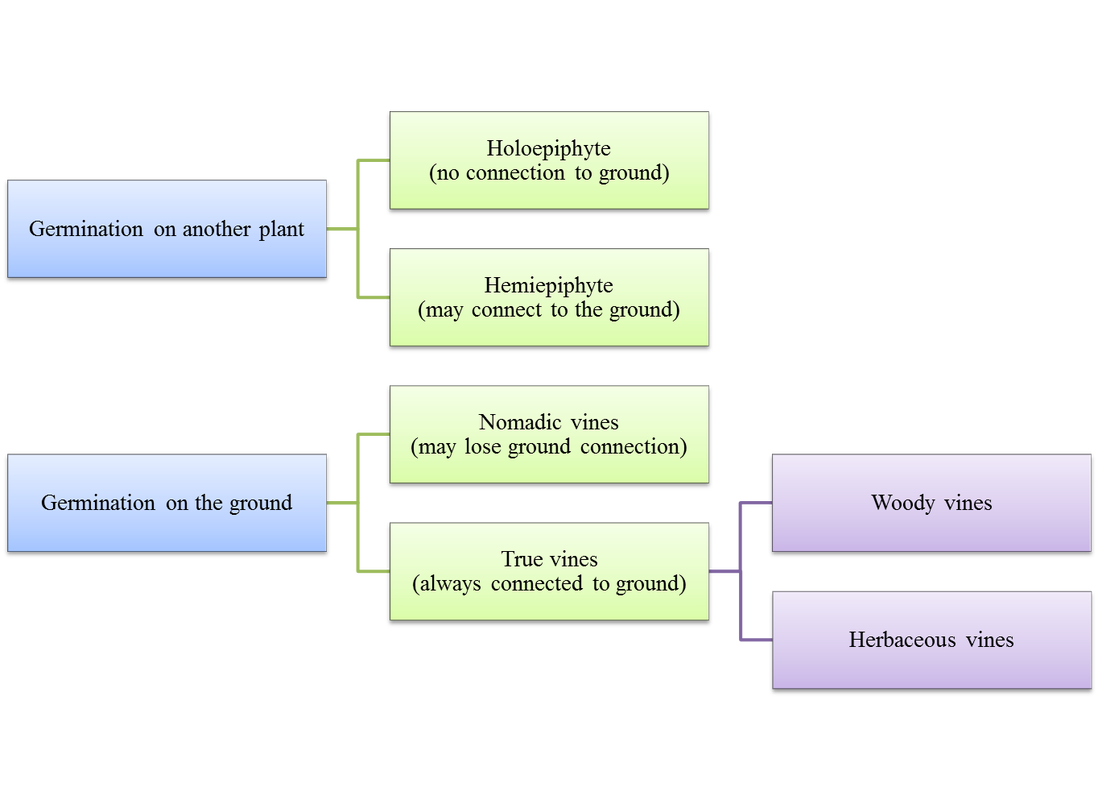
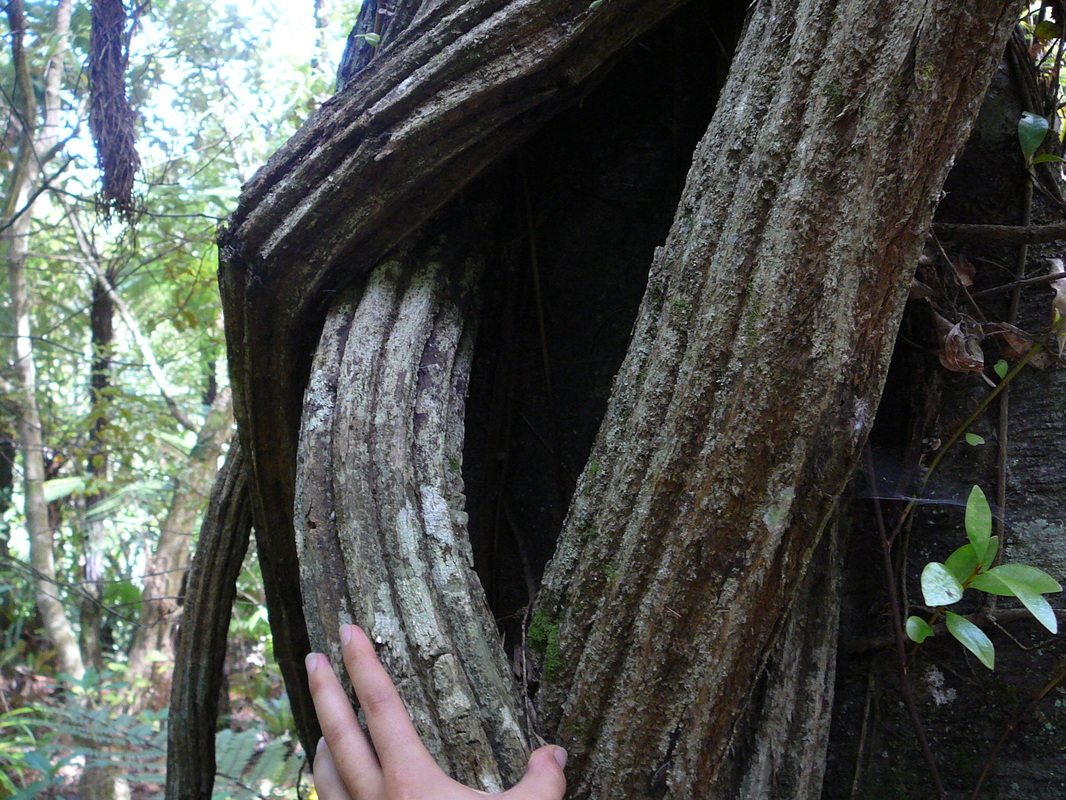

 RSS Feed
RSS Feed
